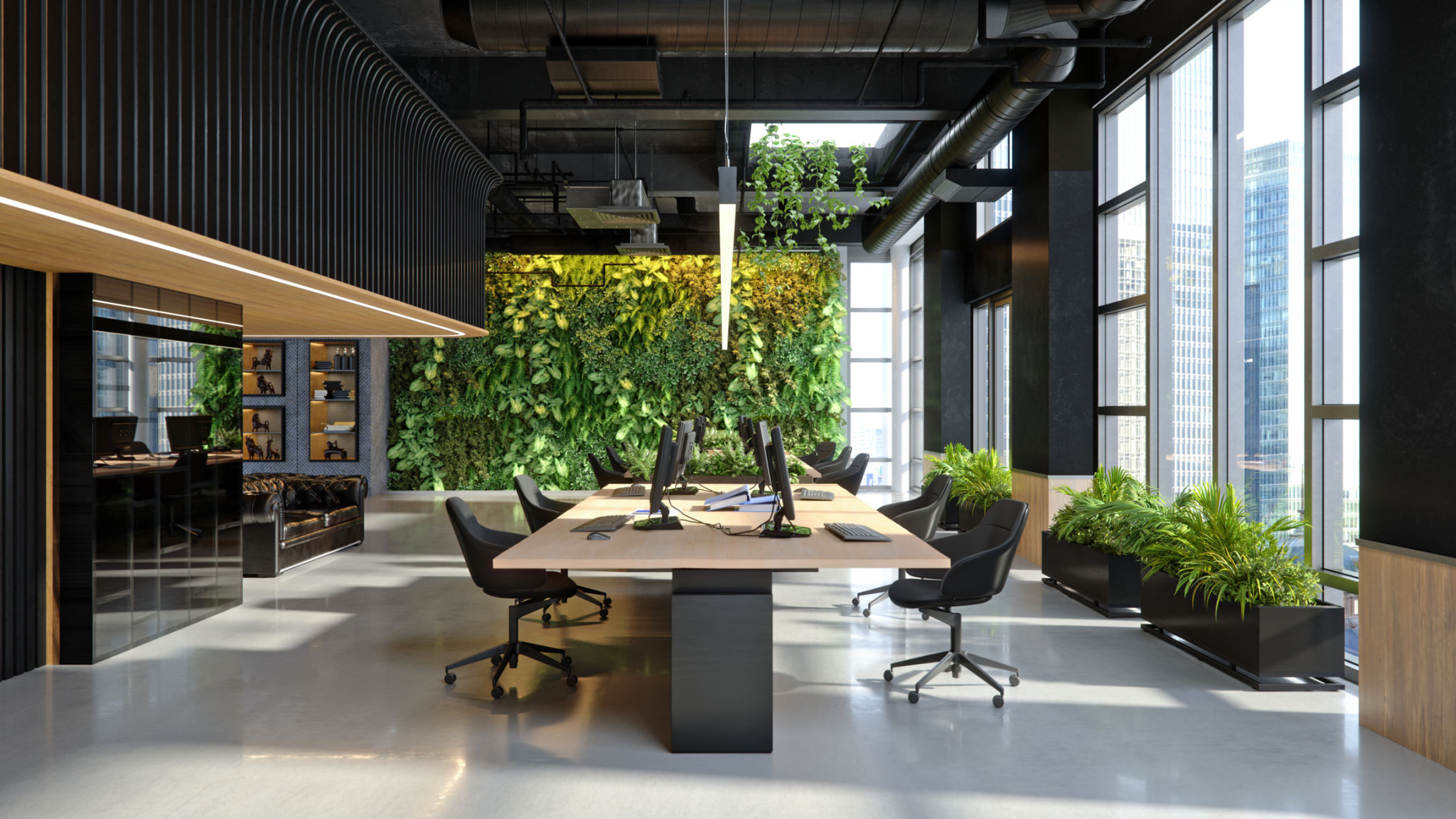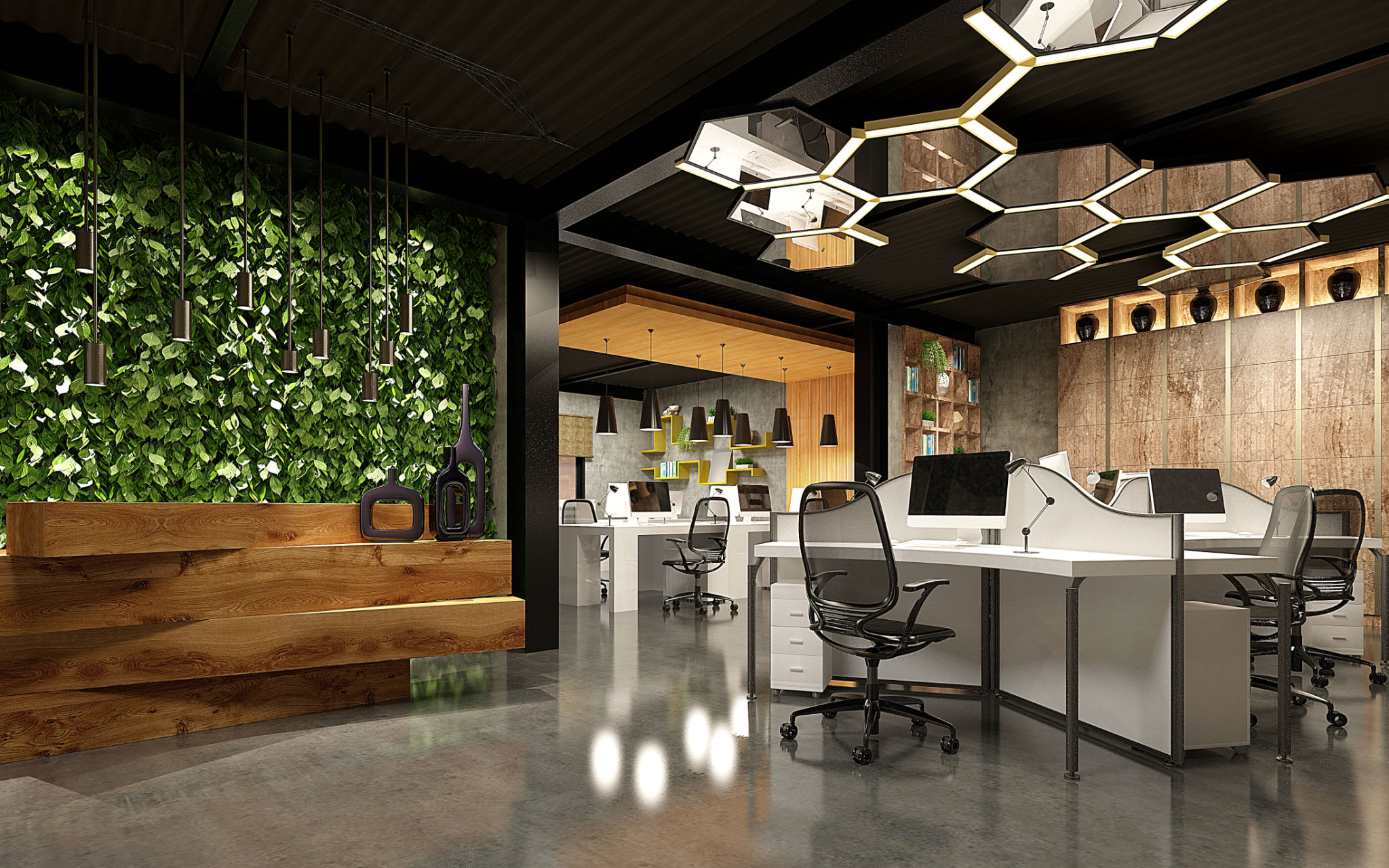Creating a Healthier Workplace: Why Biophilic Design Matters
Understanding Biophilic Design
In recent years, there has been a growing trend towards integrating natural elements into workplace design. This approach, known as biophilic design, seeks to create a healthier and more productive environment by connecting occupants with nature. The core idea is simple: by incorporating natural elements into the workplace, we can enhance overall well-being and boost productivity.
Biophilic design goes beyond just adding a few plants to the office. It involves a comprehensive approach that includes natural light, ventilation, natural materials, and even outdoor spaces. This design philosophy is based on the premise that humans have an inherent affinity for nature, a concept known as the "biophilia hypothesis."

The Benefits of Biophilic Design
Implementing biophilic design in the workplace offers numerous benefits. One of the most significant advantages is the improvement in employee well-being. Exposure to natural elements has been shown to reduce stress, improve mood, and increase overall satisfaction. This, in turn, can lead to reduced absenteeism and higher employee retention rates.
Moreover, biophilic design can significantly enhance productivity and creativity. Studies have found that workplaces that incorporate natural elements see an increase in cognitive function and creativity among employees. The presence of plants and natural light can stimulate the brain and inspire innovative thinking.
Practical Elements of Biophilic Design
Incorporating biophilic elements into the workplace doesn't have to be complicated. Here are some practical ways to get started:
- Natural Light: Maximize the use of windows and skylights to allow ample natural light into the workspace.
- Indoor Plants: Introduce a variety of indoor plants to improve air quality and create a calming atmosphere.
- Natural Materials: Use materials such as wood, stone, and bamboo in office furniture and decor.
- Outdoor Spaces: Create outdoor areas where employees can take breaks and enjoy nature.

The Role of Technology in Biophilic Design
Technology can play a significant role in enhancing biophilic design. Smart lighting systems that mimic natural daylight patterns can help regulate employees' circadian rhythms, improving sleep quality and overall health. Additionally, air purification systems can ensure that indoor air remains fresh and clean, further contributing to a healthy work environment.
Virtual reality (VR) technology is another exciting development in biophilic design. VR can create immersive nature experiences for employees who may not have access to outdoor spaces. Whether it's a virtual walk through a forest or a beachfront meditation session, these experiences can provide much-needed mental breaks during the workday.

Overcoming Challenges in Implementing Biophilic Design
While the benefits of biophilic design are clear, implementing it in existing workspaces can present challenges. One common issue is budget constraints. However, even small changes like adding potted plants or using nature-inspired artwork can make a significant difference without breaking the bank.
Another challenge is resistance to change. Some employees or management may be hesitant to alter their traditional office environment. It’s important to communicate the benefits of biophilic design clearly and involve employees in the decision-making process to foster acceptance and enthusiasm.
The Future of Workplace Design
The trend towards biophilic design is more than just a passing fad; it's a movement towards creating healthier workplaces that prioritize employee well-being. As more companies recognize the value of this approach, we can expect to see an increase in innovative designs that seamlessly integrate natural elements into everyday work environments.
Ultimately, biophilic design represents a shift in how we view the relationship between nature and work. By embracing this philosophy, businesses can create spaces that not only support productivity but also nurture the health and happiness of their employees.
